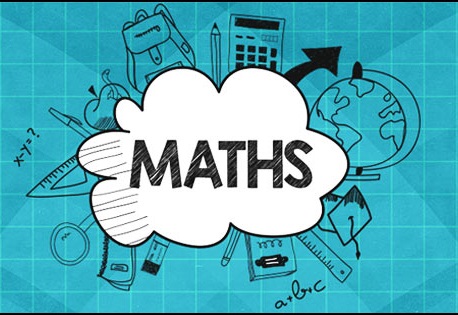Profit And Loss All Formulas

Cost Price: The amount paid to purchase an article or the price at which an article is made, is known as its cost price. The cost price is abbreviated as C.P..
Selling Price: The price at which an article is sold, is known as its selling price. The selling price is abbreviated as S.P.
Profit: If the selling price (S.P.) of an article is greater than the cost price (C.P.) , then the difference between the selling price and cost price is called profit.
Thus, If S.P. > C.P., then
Profit = S.P. – C.P.
⇒ S.P. = C.P. + Profit
⇒ C.P. = S.P. – Profit.
Loss: If the selling price (S.P.) of an article is less than the cost price (C.P.) , then the difference between the cost price (C.P.) and the selling price (S.P.) is called loss.
Thus, if S.P. < C.P., then
Loss = C.P. – S.P.
⇒ C.P. = S.P. + Loss
⇒ S.P. = C.P. – Loss
When cost price and percentage profit are given, then selling price
= CP(100 + P%)100
When cost price and percentage loss are given, then
Selling price = cost price(100 + L%)100
When selling price and percentage profit are given, then
Cost price = selling price100(100 + P%)
When selling price and percentage loss are given, then
Cost price = selling price100(100 - L%)
If two items are sold each at rupees R, one at a gain of x% and other at a loss of x %, there is always an overall loss given byx2100% and the value of loss is given by2x2R(1002 - x2).
In case the cost price of both the items is the same and percentage loss and gain are equal, then net loss or profit is zero. The difference between the two cases is that the cost price in the first case is not the same, and in the second case it is the same.
A dishonest shopkeeper claims to sell goods at cost price, but uses a lighter weight, then his Gain %
=(100 x excess)(original value - excess)
Formulas to Remember
Profit =CP x P%100
Loss =CP x L%100
SP =100 + P%100
SP =100 - L%100
CP =100 x SP100 + P%
CP =100 x SP100 - L%
Goods passing through successive hands
When there are two successive profits of a% and b%, then the resultant profit per cent is given by (a+b+ab100)%
When there is a profit of a% and loss by b% in a transaction, then the resultant profit or loss per cent is given by (a-b-ab100)%
according to the +ve or –ve sign respectively.
When cost price and selling price are reduced by the same amount (A) and profit increases then cost price (C.P.)
=[initial P% + Increase in P%] x AIncrease in P%
If cost price of x articles is equal to the selling price of y articles, then profit/loss percentage
=x-yyx 100%
according to +ve or –ve sign respectively.
The reduction made on the ‘marked price’ of an article is called the discount. When no discount is given, ‘selling price’ is the same as ‘marked price’.
Discount = Marked price × Rate of discount.
S.P. = M.P. – Discount.
Discount % =DiscountMPx 100
Buy x get y free i.e., if x + y articles are sold at cost price of x articles, then the percentage discount
=yx+yx 100
Successive Discounts
In successive discounts, first discount is subtracted from the marked price to get net price after the first discount. Taking this price as the new marked price, the second discount is calculated and it is subtracted from it to get net price after the second discount. Continuing in this manner, we finally obtain the net selling price.
In case of successive discounts a% and b%, the effective discount is:
(a + b -ab100)
If the list price of an item is given and discounts d₁ and d₂ are given successively on it then,
Final price = list price(100 - d₁)(100 - d₂)10000


0 Comments